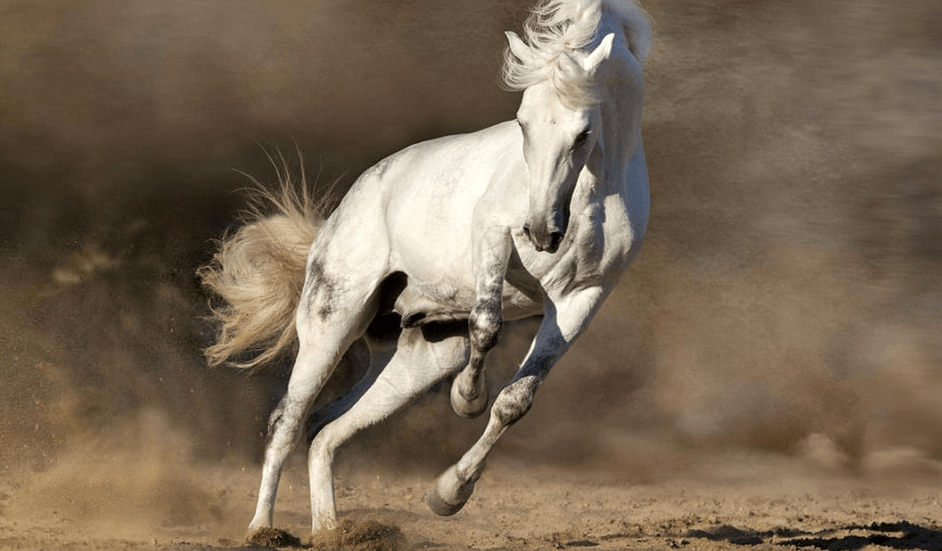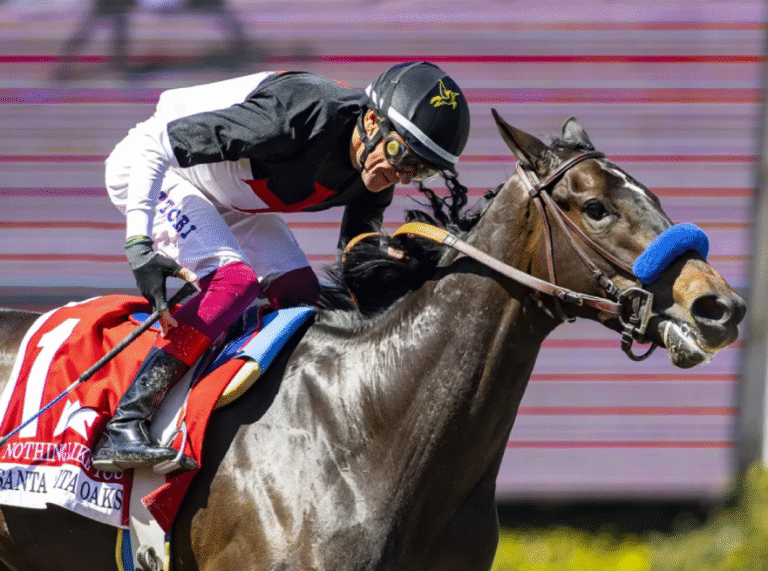The Science Behind a Horse’s Speed: What Makes Them Fast?

The speed of a horse is a complex interplay of genetic, biomechanical, and evolutionary factors. Specific genetic markers influence performance traits crucial for speed. Additionally, the biomechanics of galloping, including stride length and muscle composition, optimize energy efficiency. Evolution has favored structural adaptations that enhance acceleration. Understanding these components reveals insights into the unique characteristics of various breeds. This analysis raises questions about how these elements can be harnessed for improved equine performance.
Genetic Factors Influencing Speed
Genetic factors play a crucial role in determining a horse’s speed, as specific alleles and genetic markers have been linked to performance traits in equines.
Variations in gene expression influence muscle composition and metabolic efficiency, which are essential for speed.
Inheritance patterns reveal how desirable traits can be passed through generations, highlighting the importance of selective breeding in enhancing equine athleticism.
See also: 10 Famous Horses That Made History in Horse Racing
Biomechanics of a Galloping Horse
While various factors contribute to a horse’s overall performance, the biomechanics of a galloping horse are fundamental in understanding how speed is achieved.
The combination of optimal stride length and specialized muscle composition enables powerful propulsion and efficient energy transfer.
This intricate interplay between skeletal structure and muscular dynamics allows for rapid acceleration, maximizing velocity and agility during the gallop, essential for competitive success.
Evolutionary Adaptations for Speed
To understand the remarkable speed of horses, one must consider the evolutionary adaptations that have shaped their anatomy and physiology over millennia.
Natural selection has favored traits such as elongated limbs and a lightweight frame, enhancing stride efficiency.
Additionally, variations in muscle composition, particularly the ratio of fast-twitch to slow-twitch fibers, have optimized their ability to accelerate rapidly, thus contributing to their exceptional speed.
Comparing the Fastest Horse Breeds
The evolutionary adaptations that enhance horse speed manifest distinctly across various breeds, each exhibiting unique characteristics that contribute to their performance.
Thoroughbreds, optimized for speed in racing, possess long legs and a powerful stride, while Arabians excel in endurance, showcasing stamina and resilience over long distances.
This diversity highlights the specialized traits that define both racing and endurance capabilities in the equine world.
Conclusion
In conclusion, the speed of a horse is a multifaceted trait shaped by genetic factors, biomechanics, and evolutionary adaptations. Notably, thoroughbreds, known for their racing prowess, can reach speeds of up to 40 miles per hour, showcasing the culmination of these influences. Understanding the intricate interplay between these elements not only enhances our appreciation of equine performance but also drives ongoing research aimed at optimizing speed and efficiency in competitive settings.






